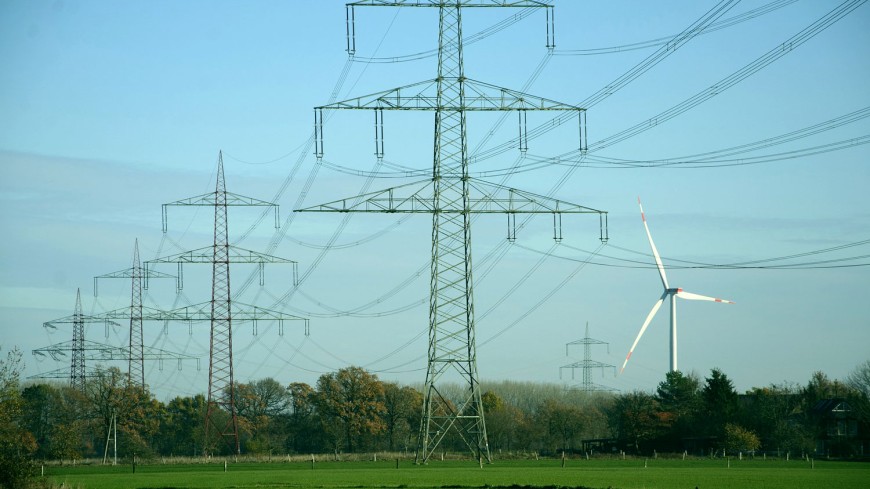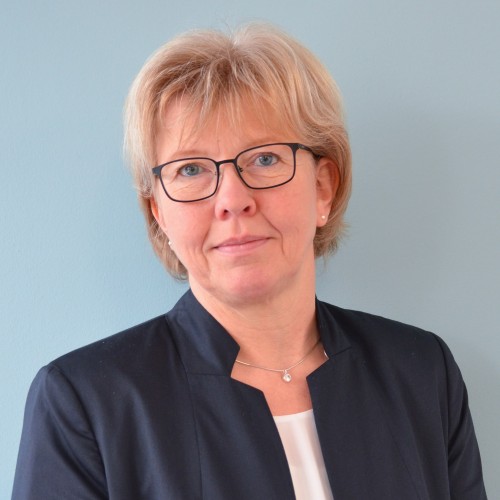Technological change in the power grid
Concepts for a stable and flexible energy supply network of the future
2023/05/25 by Aaron Hebing / sas
In order to achieve the climate targets, conventional power plants must be replaced by renewable energy plants. As a result, the electrical energy supply grid is undergoing a drastic change. On the one hand, the new plants must be integrated into the electrical energy supply grid, and on the other hand, flexibilities are needed to be able to react to the volatile feed-in of solar and wind energy.

Three things in particular are needed for the stable operation of the electricity grid: A strong transmission grid that can transport power efficiently over long distances, a distribution grid that collects the power of renewable energy plants, or RE plants for short, and brings it regionally to the localities to the consumers. And: both grids, transmission and distribution grid, must be able to react flexibly to fluctuations in generation and load – and maintain stability in the process. The Laboratory of Electrical Energy Supply using Renewable Energies (E5), headed by Professor Jutta Hanson, conducts research in all three of these areas.
New transmission technology against power outages
For the long-range transmission of electrical power from large solar or wind farms to areas with high consumption, a new technology will establish itself that supports the existing high-voltage three-phase transmission grid (HVDC) in the transport of power: High-voltage direct current transmission, or HVDC, is being used to create corridors with regulated power transmission. In addition to power control, frequency control of HVDC is another feature that can enable stable operation in the future electrical power grid. Innovative frequency control is needed because the elimination of conventional power plants with their mass inertia means that power imbalances in the electrical energy supply grid must be compensated for more quickly or differently than before.
Prof. Dr.-Ing. Jutta Hanson
Achieving the climate targets means a paradigm shift for the electrical energy supply grid. In addition to the integration of volatile feed-ins from renewable energies into the distribution and transmission grid, the previously independent energy sectors (heat, mobility, gas) must be coupled with the electrical energy supply grid.

Generation centres far away from the consumers also require possible grid disconnections, the so-called system splits. High-voltage direct current transmission can contribute to the stable continued operation of the asynchronous grid islands that exist after the grid separation by ensuring a regulated power flow between these islands. Thus, HVDC systems are able to prevent large-scale power outages.
Changed load situations in distribution grids
The distribution grid is also experiencing major changes: Due to the increasing share of renewable energies and the increased electrification in the transport and heating sector, there are greatly changed load situations. In order to enable the operation of the distribution grids without violating limit values, new concepts for grid operation are needed in addition to targeted expansion measures. Grid-serving operating and control concepts for the generation plants connected to the distribution grid continue to ensure stable and safe operation.
Flexibility to exploit the potential of renewable energies
Another challenge for the electrical power grid: RE plants, and here especially plants with solar and wind energy, have a volatile power feed-in. However, there must be a power balance in the electricity grid at any given moment. This requires flexibilities that ultimately help to ensure that the full potential of renewable energies can be exploited.
One possibility to use local power surpluses is the direct coupling of neighbouring distribution grids, which has not been used so far. For this purpose, comparable to HVDC in the transmission grid, power flow regulating equipment, so-called “Unified Power Flow Controllers” (UPFC) can be used.
Laboratory of Electrical Power Supply Using Renewable Energies (E5)
The E5 laboratory researches the issues described in the article with the help of mathematical modelling of electrical energy supply networks using simulation programmes such as Matlab/Simulink, PowerFactory, PandaPower or similar. The focus is on new control concepts for a stable and flexible electrical energy supply network of the future, which is supplied from renewable energies.
Always up-to-date with exciting news from the etit campus: Follow us on Instagram!
Recommended external content
We have selected external content from Instagram for you and would like to show it to you right here. To do this, you must reveal it with one click. You can hide the external content at any time with another click.
I agree to external content from X being shown to me. This may result in personal data being transmitted to third-party platforms. You can find more information in our Privacy Policy.



